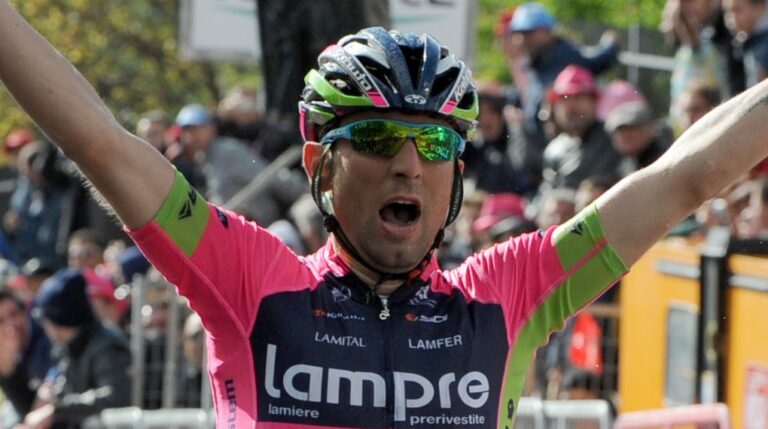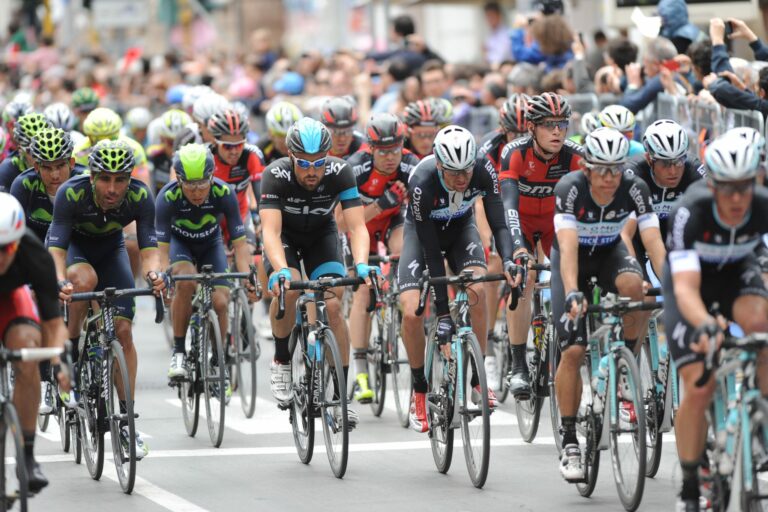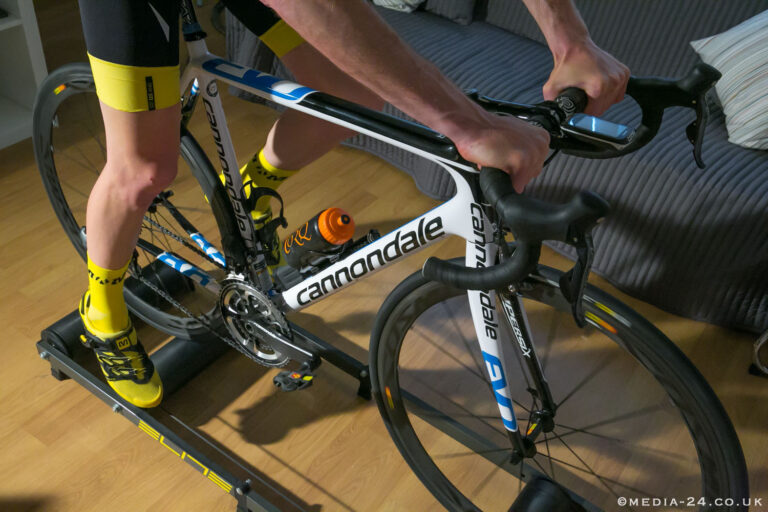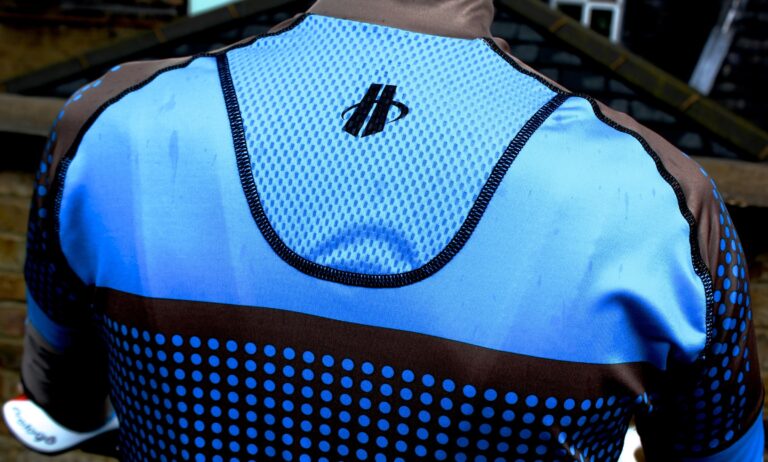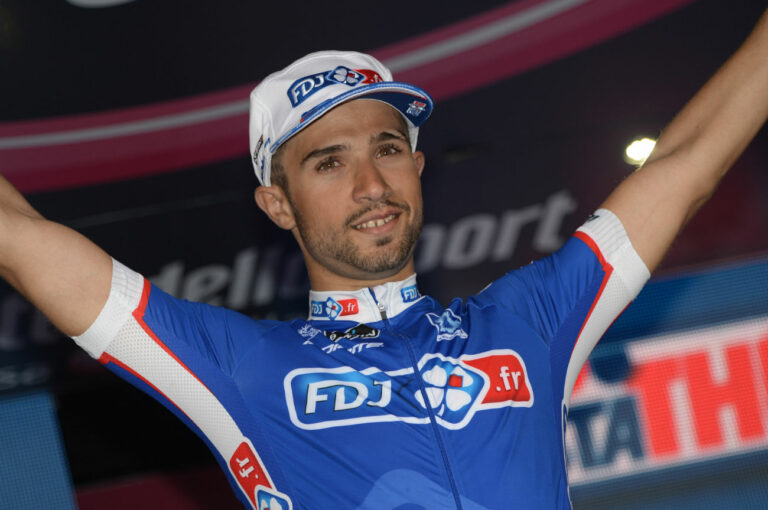The Storck Aernario Basic strikes a impressive balance between German super bike stiffness and low weight while maintaining impressive levels of comfort, providing the aggressive geometry works for you.
Make no mistake about it, this is a bike with serious race pedigree, from the rigidity and precision served up by the frame, to the low and aggressive riding position.
But it does all that without unduly sacrificing ride quality and comfort. The Aernario takes its place in the fast-growing aero road bike market, and while we’d consider the frame’s tube profile aero-lite compared to the competition – and we’re unable to quantify any aero advantage – the Aernario is one of the best bikes of it’s kind that we’ve tried.
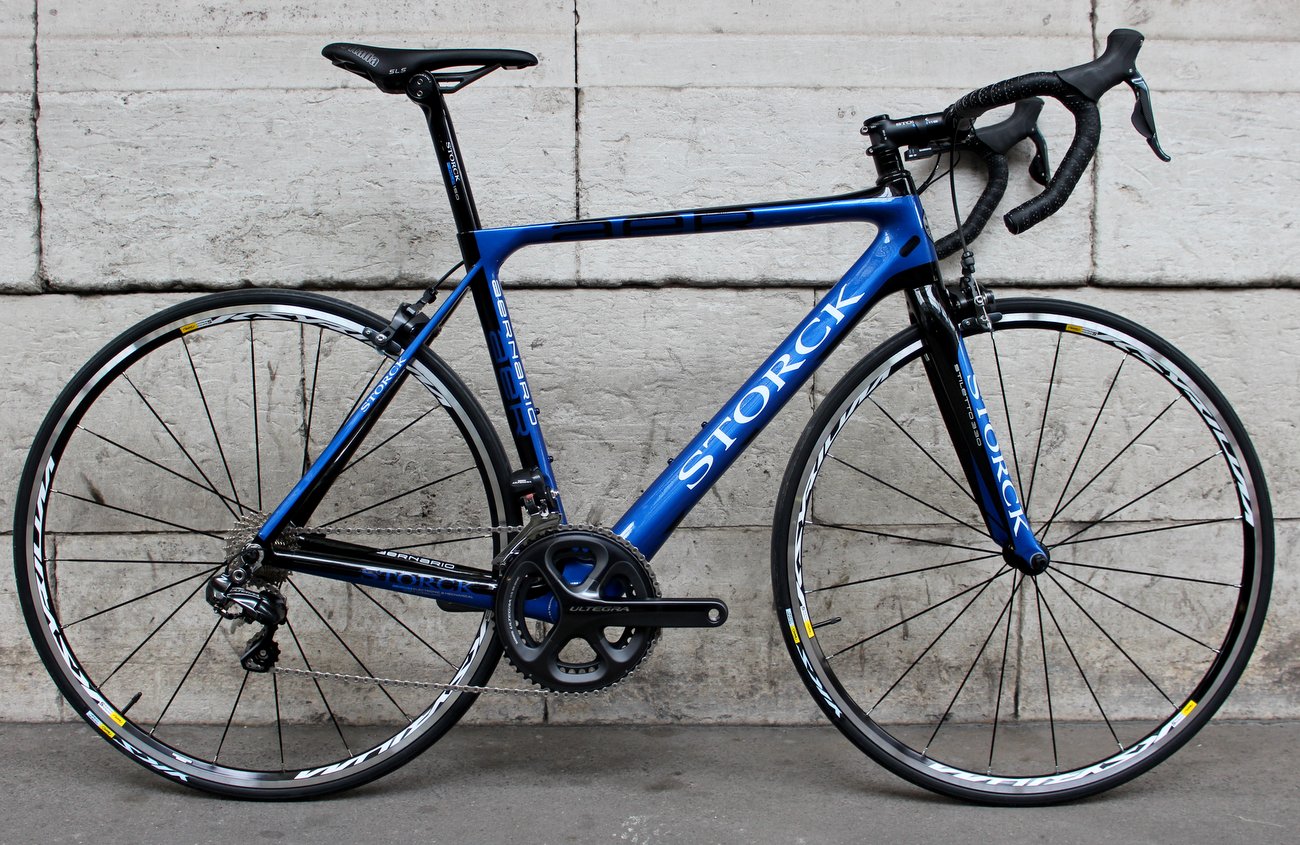
On the flip side, that does come at a significant cost and we’d expect a £5,199 machine to have a more fitting wheelset than Mavic’s Ksyrium Equipe S hoops (as good as they are at their respective price point). We also had to cut out test short owing to a glitch in the electronic Shimano Ultegra Di2 groupset, but more on that later.
The chassis
The Basic is one of five frames in the Aernario range and aside from the super-light (5.38kg) and super-expensive (£14,999) Aernario Signature – of which only 50 are available – each is available in a number of builds. The Basic may open the range, with complete bikes from £4,399, but we’re not sure about the Basic tag – it doesn’t ride like a basic bike, nor does it have a basic price.
Each Aernario frame shares the same tube profiles but the carbon fibre lay-up changes and, as a result, the Basic is a little heavier than its more expensive siblings, but it’s by no means a porker, with claimed weight 990g for a 51cm frame. That provides the basis for a light bike and our machine tipped the RCUK scales at 7.28kg.
The Aernario is Storck’s aerodynamic frame (there’s also the featherweight Fascenario, the all-round Fenomalist, the mid-range Scentron and Scenero, and the lightweight aluminium Visioner) but its tube profiles don’t appear as immediately aero as its rivals. It doesn’t have the elongated, teardrop profiles of the new Cervelo S3 or Felt AR, nor does it have the truncated Kammtail shape of the Trek Madone or Scott Foil.
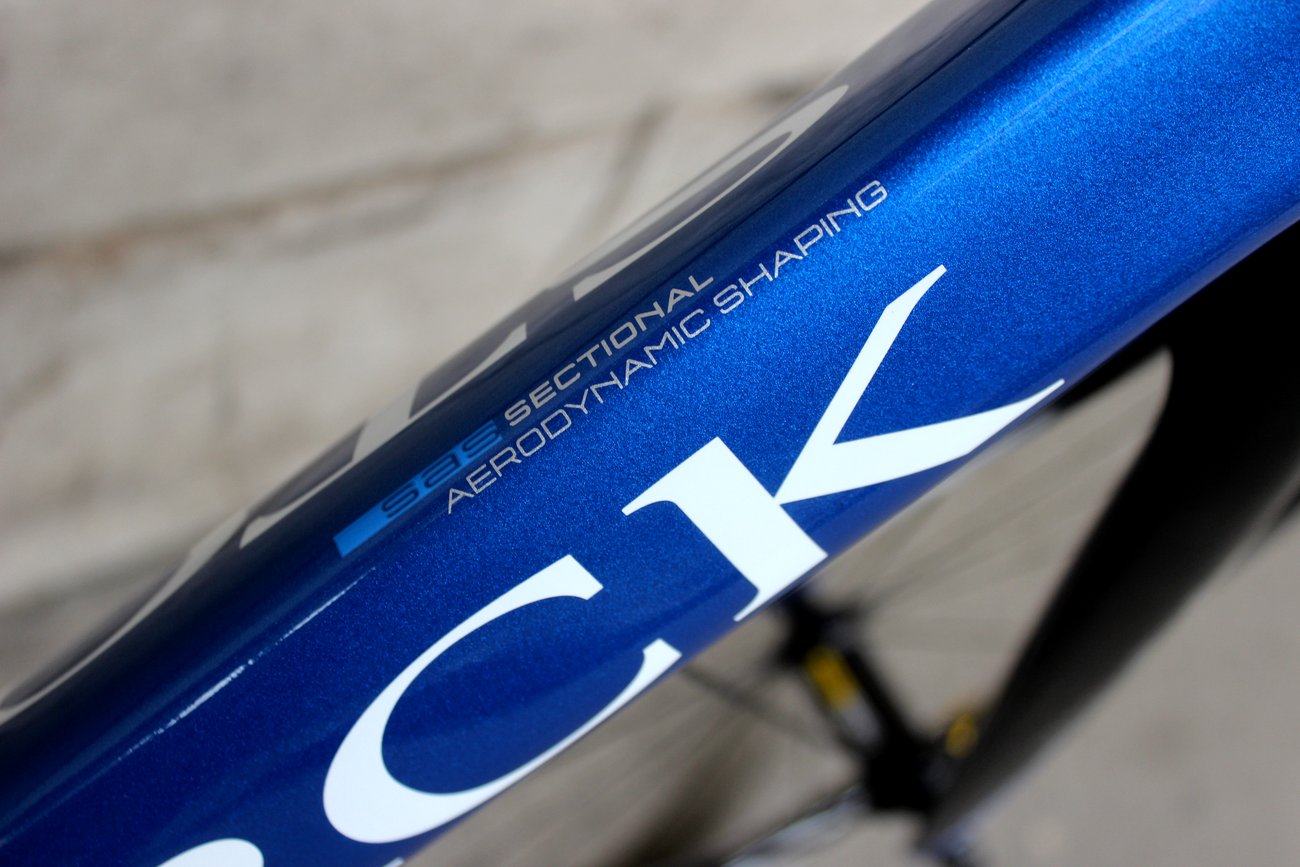
Instead, the Aernario uses what Storck call ‘Sectional Aerodynamic Tube Shapes’ and ‘Ground Parallel’ aerodynamics. What does that mean behind the marketing speak? The downtube has a triangular profile with a rounded leading edge but if you were to cut it through the ‘ground parallel’ (horizontal) plane, it would have a more pronounced teardrop profile, and Storck say that improves the frame’s aerodynamics. In the absence of a wind tunnel, we’ll have to take their word for it.
The integrated seatclamp is the Aernario’s most obvious aero feature. It uses a wedge system to clamp the 31.6mm seatpost, with a hidden Allen bolt on the underside of the toptube. It’s a visually appealing solution – we like the clean lines of the frame – but not entirely practical. It’s difficult to tighten with a multi-tool when on the road and even harder with the three-way Allen key we normally use in the workshop, but it’s fairly easy to access with an L-shaped Allen key.
All in all, we like the frame’s subtle aero aesthetic, and it looks superb in the blue and black gloss finish of our test bike, but, as is the case whenever a bike like this arrives at RoadCyclingUK, we can’t quantify any aero advantage, which is lucky, really, as Storck don’t provide any numbers. All we can do is tell you how it rides on the road.
Aero features aside, the frame is characterised by an oversized downtube and suitably chunky 86.5mm bottom bracket which is as stiff as it looks. Storck use ‘proportional tubing’ across the six sizes (47cm, 51cm, 55cm, 57cm, 59cm, 63cm), which means the characteristics of each tube varies according to the size in order to achieve the stiffness-to-weight ratio across all sizes, giving, Storck say, the tallest rider the same ride quality, stiffness and comfort as the smallest rider. All that’s left to mention at this juncture, then, is the Storck Stiletto 330 fork (no prizes for guessing the claimed weight), which slots into a 1-1/8″ to 1-1/4″ tapered headtube.
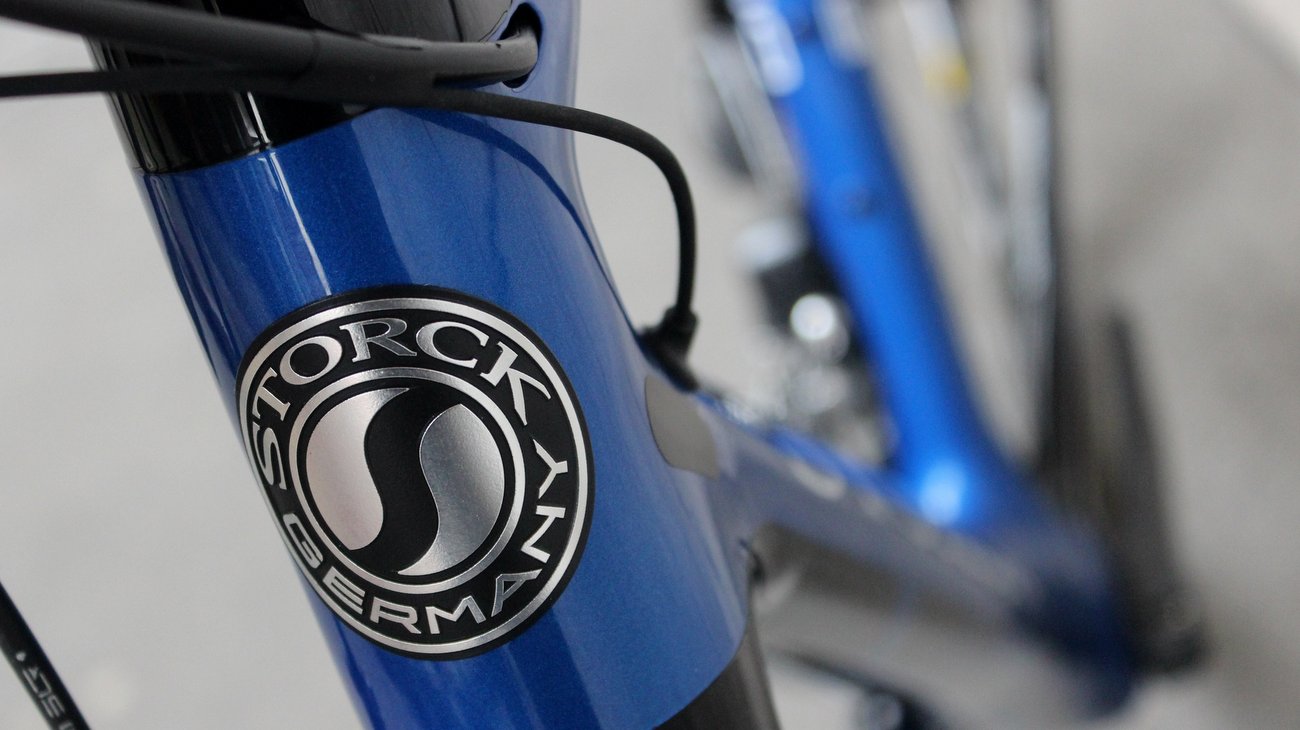
The ride
So what of the ride? The Aernario’s most obvious characteristic makes itself known from the first pedal stroke and it’s immediately apparently that this is a very stiff frame. It’s incredibly rigid and feels rock solid under full-gas efforts, whether sprinting for a town sign or rising out of the saddle and adding an injection of pace on a climb. Storck say they have paid particular attention to the carbon lay-up around the bottom bracket and headtube to provide the “Storck characteristics of additional stiffness” in those area and we have no complaints in that regard.
That, combined with the low overall weight, ensures the Aernario is an eager companion when the road heads uphill. It’s the kind of bike that encourages you to rise out of the saddle and attack rises in the road, knowing that it’s only ever going to be the rider, not the frame beneath you, that’s going to waver before the top. There are lighter bikes out there – and many that will require a significantly smaller investment – but the Aernario ensures no energy is wasted when the going gets tough. A racier set of wheels is only going to improve that.
Point the Aernario downhill and it’s equally good. The handling is pin-sharp, as you’d expect from an out-and-out race bike like this. That might not suit every rider but it’s perfectly fitting for a bike in this mould. The headtube, like the bottom bracket, is suitably stiff, and the Aernario holds a tight line through a fast corner. The handling is very impressive.
But what’s most impressive about the Aernario is that it feels like one of the stiffest bikes we’ve tested without unduly sacrificing comfort, which can be the case, and particularly as far as some aero bikes are concerned. The seatstays are suitably skinny, as is common across current performance bikes and Storck say that by using an internal seatpost clamp, they’re able to leave more of the post exposed, thereby allowing more of the post to flex under heavy hits served up by rough roads. All we can say is that the Aernario does a good job at smoothing out imperfections in the UK’s rutted lanes, particularly through the back half of the frame. It’s not a completely cushioned ride, but remember, this is a race bike, not a sportive/endurance/comfort machine, and the frame significantly dulls road buzz before it reaches your hands and rear end, without isolating the rider from what’s going on beneath them. That’s a good combination in a bike like this and by no means is it going to beat you up over long ride.
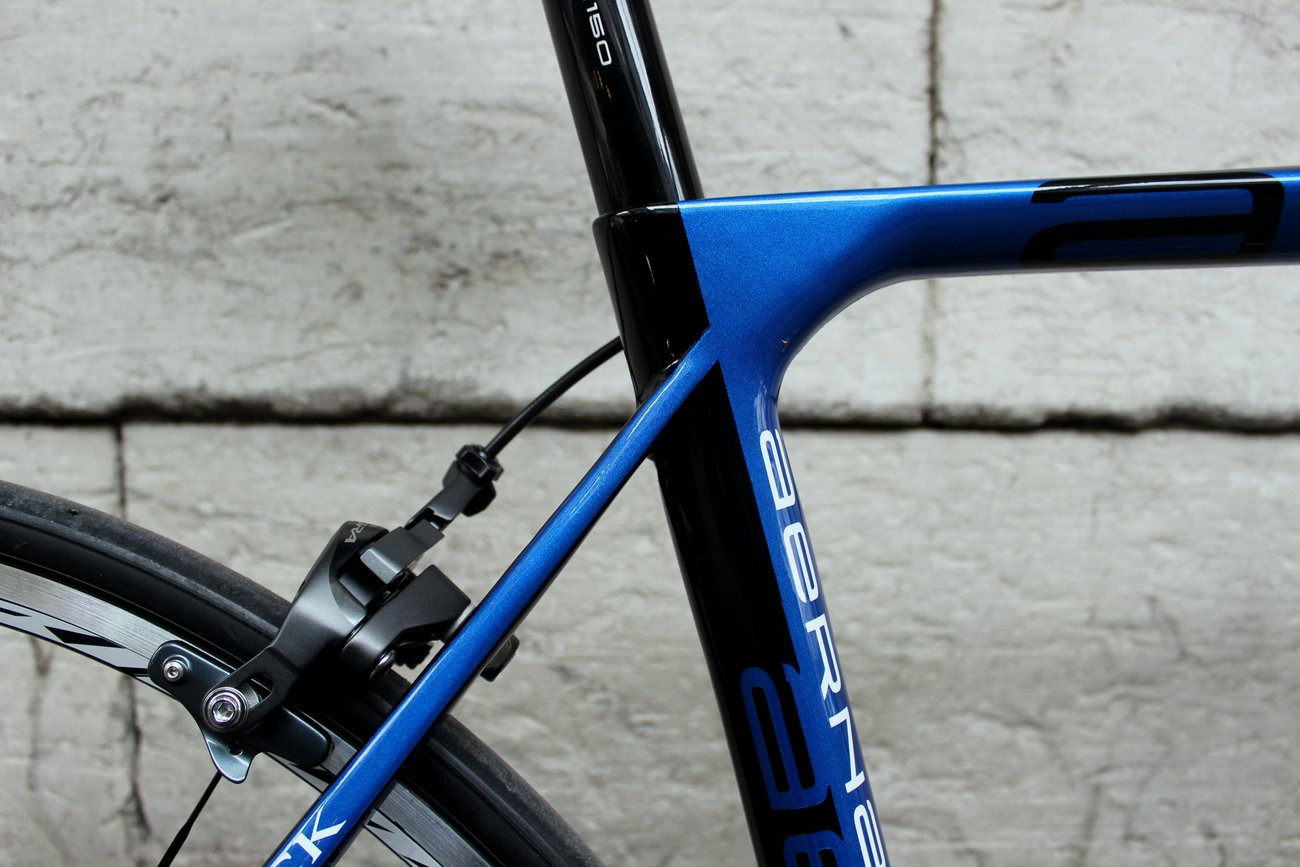
Fit is, of course, key to comfort, and the Aernario’s geometry reflects its race-bred persona. It’s an aggressive geometry, with a very low 139mm headtube on our 55cm frame (which has a 552mm toptube and 566mm effective toptube). The matching 73.5 degree head and seattube angles are fairly steep and contribute to the Aernario’s razor sharp handling. All in all, it’s an aggressive setup, so make sure it’s right for you. Fortunately, Storck UK require that every dealer must provide a full bike fit service for the customer to ensure the bike fits correctly for the type of riding they will be doing. Once the correct frame size has been selected, the shop will build the bike, incorporating the customer’s fit requirements, including saddle height, saddle fore/aft position, stem length, handlebar width and cleat position. Seems like a sensible move to us and a good commitment to customer service, too.
The components
Onto the build and our £5,199 machine came equipped with a full Shimano Ultegra Di2 groupset, Mavic Equipe S wheels shod with Mavic Yksion Comp tyres, Storck finishing kit comprised of a carbon fibre seatpost and handlebar, and an aluminium stem, and a Storck-branded Selle Italia SLS Monolink saddle.
That’s just one of eight builds, from a £4,399 machine with mechanical Shimano Ultegra, to an all-singing superb bike with Campagnolo Super Record EPS for £8,299, so we won’t delve into too much detail on the specifics of our setup as there are plenty of options. The Aernario Basic is also available as a frameset only for £2,899.
Shimano’s model year 2014 Ultegra Di2 borrows much of the technology found in its top-tier Dura-Ace sibling, with an 11-speed drivetrain, four-arm chainset and improved brakes. It’s significantly better looking than the previous iteration of Ultegra Di2, too, thanks to derailleurs which are more svelte than their predecessors and an internal battery housed in the seatpost. Di2 provides smooth, accurate shifting and requires very little input from the rider. A flick of a button (and that, for some, is a criticism in itself if you prefer the more tactile feel of a mechanical lever throw) and the chain shifts up or down the cassette, or flicks on or off the big chainring while also (and this is Di2’s best feature) automatically eliminating chain rub.
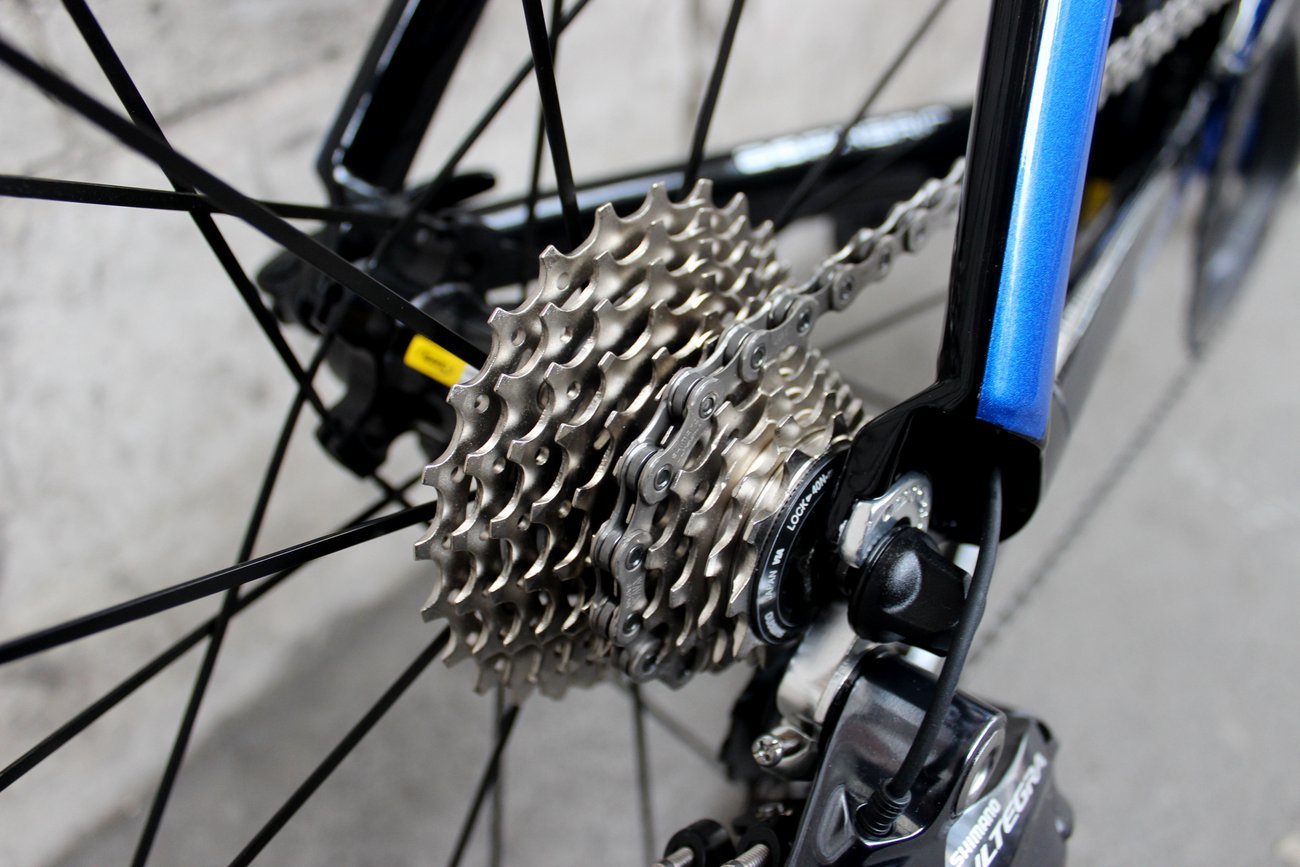
So it’s all good? Well, normally. Di2, in our experience with both the Ultegra and Dura-Ace groupsets, normally very reliable, but our test of the Aernario ended when shifting on the rear derailleur became intermittent. Further inspection revealed a nip in the cable that runs from the internal battery through the seattube. Any groupset – mechanical or electronic – can have its problems, so it’s not necessarily a reflect of the Aernario or Ultegra Di2 as a whole, but it does expose a weakness in electronic groupsets. If you do stumble across a problem it can be difficult to diagnose or fix on the spot. It’s unlikely to be as easy as adjusting or replacing a cable, as on a mechanical setup.
The Mavic Equipe S wheels are an excellent option as a sub-£400 wheelset and we’d have little hesitation recommending them to riders in that market who are looking to upgrade the stock hoops supplied with a more affordable bike (even if we remain unconvinced by the narrow, stiff tyres supplied as part of the wheel-tyre system). They don’t necessarily bring out the very best in a frame of this calibre, however, and we’d expect to see a little more for our money at £5,199 in light of the competition. It’s fair to say the frame and groupset swallows up much of the £5,199 price tag.
Finally, as far as the build is concerned, the Storck components all performed exactly as we’d expect and it’s well-finished kit. The Storck Monolink MLP 150 seatpost offers an impressive level of adjustability but can only be used with a Selle Italia saddle with the relevant Monolink attachment.
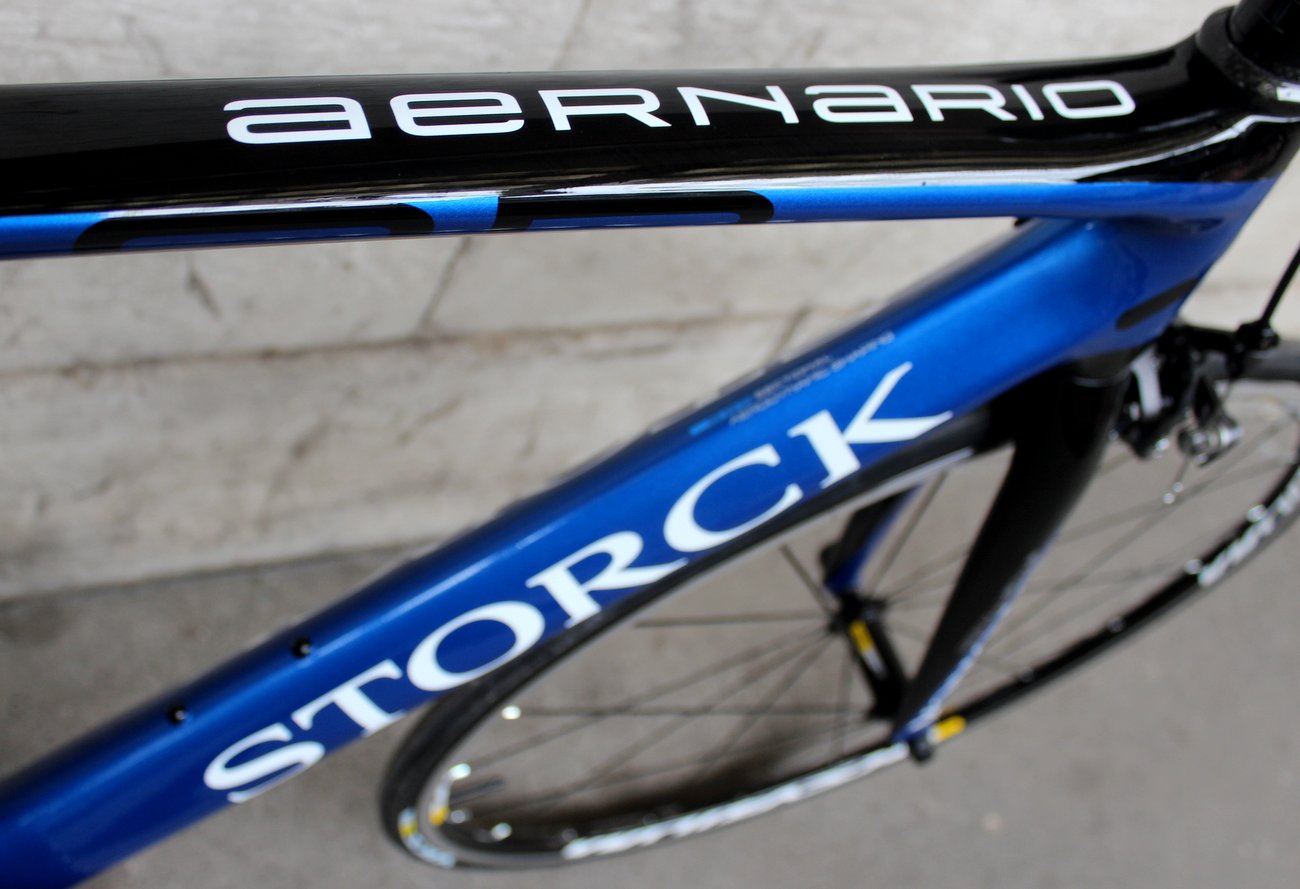
Conclusion
The Basic may be the opening model is Storck’s wide Aernario range but it’s a very impressive beast. It’s unashamedly racy, from the incredibly rigid frame to the aggressive geometry, and while we can’t comment on the Aernario’s aerodynamic prowess it does add to the frame’s clean aesthetic. if you’re in the market for a machine of that ilk, the geometry works for you, and you have a big enough budget for what is undoubtedly a premium machine (and you’re willing to upgrade the wheels for the frame to reach its full potential), then you’re unlikely to be disappointed.
Price: £5,199
Sizes: 51cm, 53cm, 55cm, 57cm, 59cm
Colour: Gloss black and blue
Website: Storck Bicycle UK

